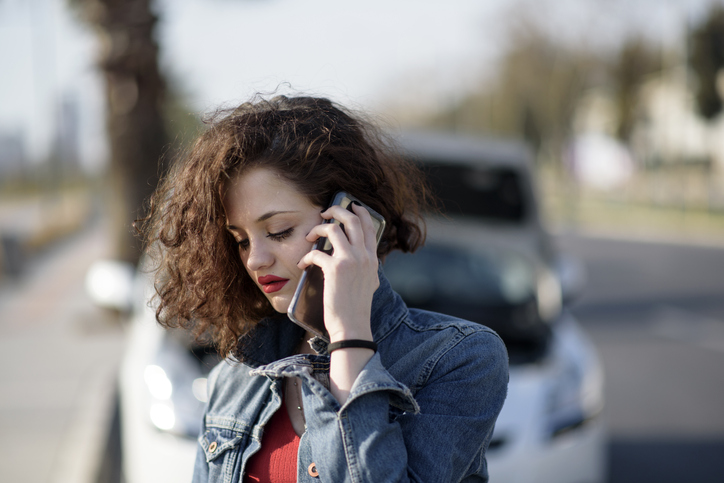Driving is part of everyday life for many adults. From commuting to work to running errands and visiting family and friends, there are many reasons 227.7 million Americans have a driver’s license. But while driving has its benefits, there are a few risks to consider.
Every year in the U.S., about 6 million auto accidents result in 3 million injuries and nearly 33,000 deaths. Factors such as weather, wildlife, distractions and driving under the influence all contribute to these numbers. Many drivers don’t think about being in an accident, leaving them unprepared when the situation arises. Here’s what to know.
What to do after a car accident
- Evaluate yourself first. Before getting out of the vehicle, check to make sure you haven’t suffered injuries. If you’re experiencing extreme pain or you can’t move, then remain in place until help arrives.
- Check your passengers. If others are in the car with you, talk to them and check whether they have injuries that need immediate attention.
- Call law enforcement. Take this step even if injuries and damage seem minor. In some states, such as Michigan, drivers must report a car accident if there’s a death, injury or property damage that exceeds $1,000.
- Exchange insurance information. If another party is involved, exchange insurance information at the scene of the accident. You’ll need this information when reporting the incident to the police and your insurer.
- Take pictures of the vehicles and damage. If you can, take pictures of the accident scene, including damage to vehicles, damage to other property, license plate numbers and any injuries.
- Don’t apologize or admit guilt. Doing this can encourage the other party to file a lawsuit or claim against you for injuries, pain and suffering.
- Seek medical attention. Even if you don’t see an immediate need for medical attention, you should get checked. Some internal injuries can take days to show warning signs.
- Contact your insurance carrier. Insurers want to know as soon as possible when drivers are involved in an accident. Some policies require drivers to report accidents in a specific time frame for coverage to be valid.
- Stay in touch with the adjuster. After an accident is reported to the insurance carrier, an adjuster will review the claim, ask questions and determine the payout. Policyholders must be responsive with adjusters to keep the claims process moving forward.
Speaking of, what happens to my car insurance after an accident?
After an accident, at-fault drivers should be prepared for a change in car insurance premiums. Some carriers may even cancel coverage, depending on the underlying cause of the accident. For Michigan drivers, who already pay 70% more than people in other states for no-fault benefits, the increase can be a financial burden. If this happens, policyholders should research other carriers to find the best car insurance rates and coverage.
How to regain confidence after a car accident
After a car accident, it’s normal to feel scared, uncertain and nervous about driving again. Those who are struggling should take steps to overcome their fear.
- Start with short drives. Don’t feel pressured to get behind the wheel for an hour long drive immediately following the accident. Start with small trips to the store or around your neighborhood to help rebuild confidence.
- Find a friend. If driving alone causes anxiety, reach out to a friend or trusted colleague to ride with you. If you get nervous while driving, your partner can take over.
- Talk to a professional. Around 9% of individuals involved in car accidents develop post-traumatic stress disorder (PTSD). Symptoms can include anxiety, increased heart rate and agitation while driving. To properly work through PTSD, individuals should talk to a mental health professional about their feelings.


